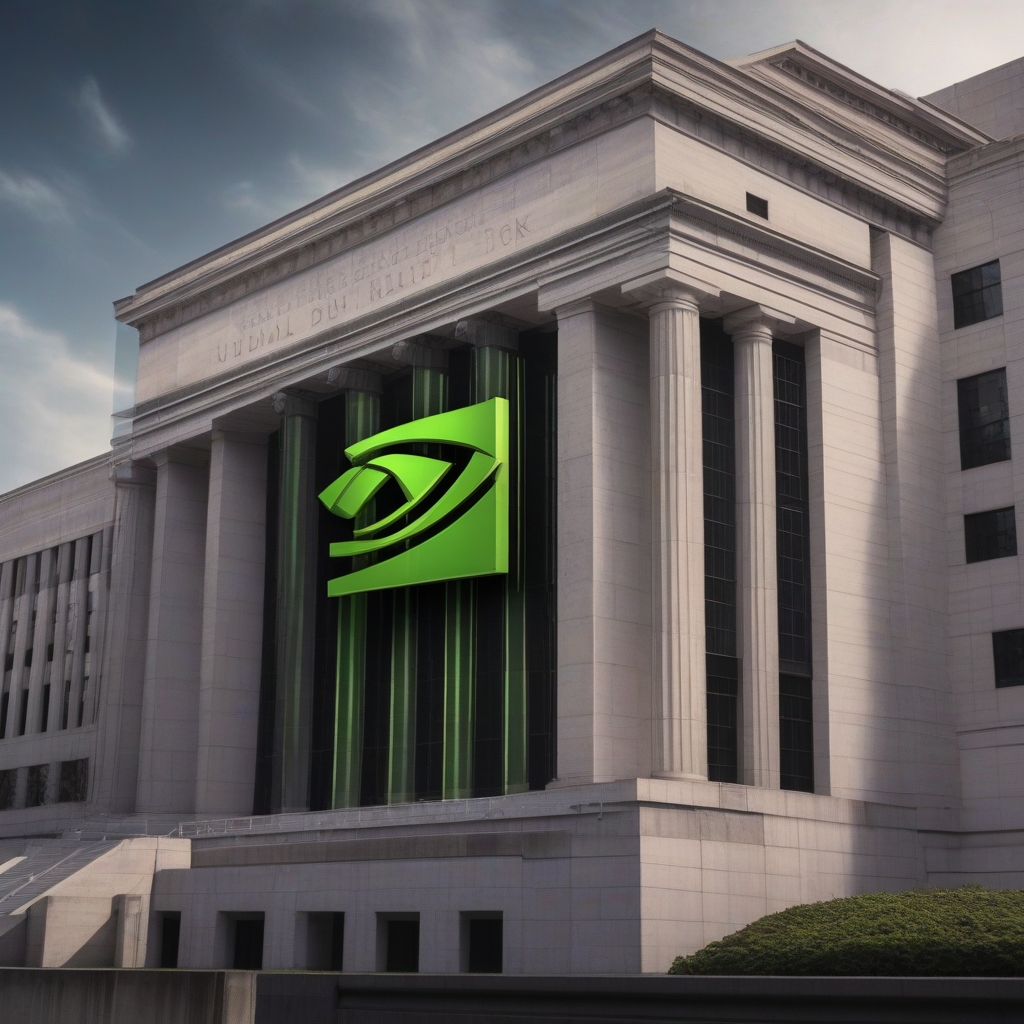Introduction
As the Federal Reserve unveils a rate cut, it has unleashed a wave of optimism across financial markets, particularly benefiting technology stocks. Leading the charge is Nvidia, one of the giants in the semiconductor industry. In this blog post, we will delve into the recent surge witnessed by Nvidia and other chip stocks, unpacking the factors behind this rise and what this could mean for the future.
The Federal Reserve’s Rate Cut: A Catalyst for Growth
The Federal Reserve recently announced a decision to cut interest rates, a move aimed at energizing an economy that has shown signs of slowing down. Lower interest rates reduce the cost of borrowing, encouraging both businesses and consumers to spend more freely. This monetary strategy is designed to invigorate various sectors, including technology, often viewed as a litmus test for economic health.
What Is A Rate Cut?
A rate cut by the Federal Reserve, the central banking system of the United States, lowers the federal funds rate, which is the interest rate at which banks borrow and lend to one another overnight. This domino effect leads to:
Nvidia: A Spotlight on Performance
Nvidia, a global leader in graphics processing units (GPUs) and integrated circuits, has reaped the benefits from this rate cut. Here’s how:
Stock Price Surge
*Nvidia’s stock price shot up significantly* following the announcement of the Fed’s rate cut. This surge is attributed to investor confidence in Nvidia’s market position and future growth potential. With increased capital in the market, investors are more likely to take risks on high-growth stocks—Nvidia being a prime candidate.
Innovation and Expansion
Nvidia has been at the forefront of technological advancements, including artificial intelligence, data centers, and autonomous vehicles. Access to cheaper capital allows Nvidia to continue its investments in research and development, further solidifying its position as an industry leader.
Chip Stocks on the Rise
Nvidia isn’t alone in its upward trajectory. The rate cut has breathed new life into the entire semiconductor industry, buoying stock prices and encouraging investments.
Broad Industry Gains
Other semiconductor firms, such as AMD, Intel, and Qualcomm, have also seen substantial gains in their stock prices. This surge is largely driven by:
The Economic Impacts of the Fed’s Decision
The Federal Reserve’s rate cut has broader economic implications that go beyond just the stock market. Let’s explore some of these:
Corporate Investments
One of the primary goals of a rate cut is to encourage corporate investments. With borrowing costs reduced, companies are more likely to engage in capital expenditures. This can lead to:
Consumer Spending
Lower interest rates on loans and credit cards mean consumers have more disposable income. This can lead to:
Risks and Challenges
While the rate cut presents numerous opportunities, it is not without risks. Investors must remain cautious and consider the potential downsides:
Inflation
One of the primary concerns with prolonged low-interest rates is inflation. Increased spending can lead to higher prices, eroding purchasing power and potentially leading to an overheated economy.
Market Volatility
High valuations in the stock market, particularly in growth sectors like technology, can lead to increased volatility. Investors must be prepared for fluctuations and potential downturns.
Conclusion
The Federal Reserve’s recent rate cut has undoubtedly ignited a rally in Nvidia and other chip stocks. While this presents a promising horizon for investors and the technology sector overall, it is essential to remain vigilant about the associated risks. With continued innovation and strategic investments, Nvidia and its peers are poised to redefine the technological landscape, making it an exciting time for stakeholders in this dynamic industry.
In summary, the Fed’s rate cut has provided a much-needed jolt of energy, fostering an environment ripe for growth and innovation within the semiconductor industry. As always, a balanced approach to investments, mindful of both opportunities and challenges, will be key to navigating this evolving landscape.

Leave a Reply